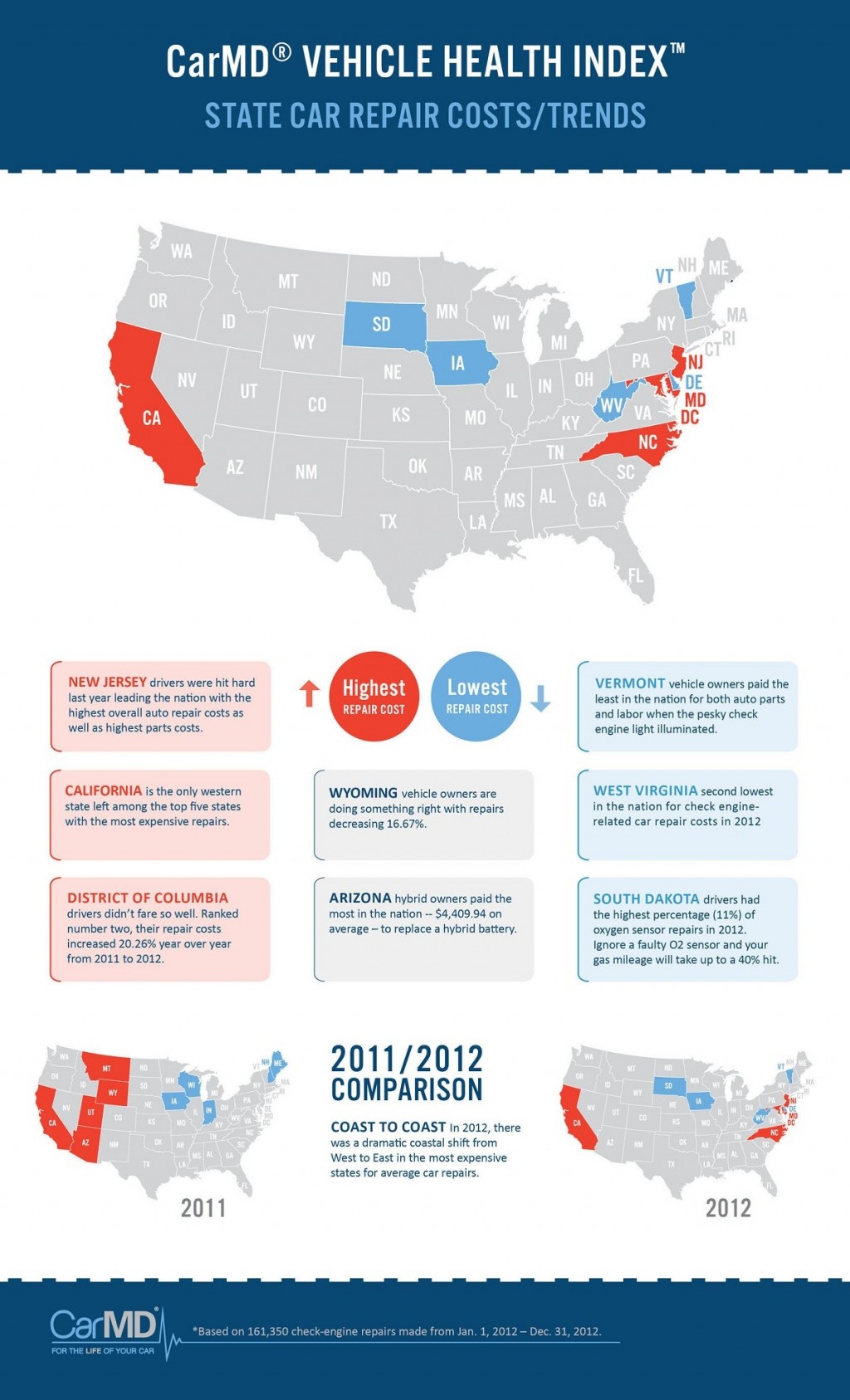Familiarize On Your Own With The Control Panel Warning Lights In Your Vehicle To Prioritize The Wellness And Security Of Your Vehicle
Familiarize On Your Own With The Control Panel Warning Lights In Your Vehicle To Prioritize The Wellness And Security Of Your Vehicle
Blog Article
Web Content Written By-Cummings Mendoza
When you lag the wheel, those beautiful caution lights on your dashboard can be a bit bewildering. Do you understand what they're attempting to tell you concerning your auto's health and wellness? Comprehending the significance of these lights is important for your safety and the long life of your lorry. So, the next time one of those lights pops up, wouldn't you want to analyze its message accurately and take the necessary actions to address it?
Common Caution Lighting and Interpretations
Recognize usual caution lights in your car and recognize their meanings to guarantee safe driving.
The most normal warning lights include the check engine light, which signifies concerns with the engine or exhausts system. If this light comes on, it's vital to have your lorry inspected promptly.
Visit Web Page cautioning light shows reduced oil pressure, needing immediate attention to prevent engine damages.
A flashing battery light might recommend a damaged charging system, potentially leaving you stranded if not resolved.
The tire stress monitoring system (TPMS) light alerts you to reduced tire stress, impacting vehicle stability and fuel effectiveness. Disregarding this can cause harmful driving problems.
The abdominal muscle light suggests a problem with the anti-lock stopping system, endangering your capacity to quit quickly in emergencies.
Last but not least, the coolant temperature level advising light warns of engine getting too hot, which can result in extreme damages otherwise settled quickly.
Comprehending these usual warning lights will help you resolve problems quickly and keep safe driving conditions.
Relevance of Prompt Focus
Understanding the usual warning lights in your vehicle is only the first step; the value of promptly dealing with these warnings can not be stressed sufficient to ensure your security on the road.
When a warning light illuminates on your dashboard, it's your automobile's method of communicating a possible issue that requires focus. Neglecting these warnings can result in much more extreme issues later on, endangering your security and possibly costing you extra out of commission.
Trigger attention to cautioning lights can protect against failures and crashes. As an example, a flashing check engine light might suggest a misfire that, if left ignored, might cause damage to the catalytic converter. Addressing this immediately can save you from a pricey fixing.
Likewise, a brake system advising light could signify low brake fluid or worn brake pads, vital components for your safety and security when driving.
DIY Troubleshooting Tips
If you notice a warning light on your control panel, there are a few do it yourself repairing pointers you can try before seeking specialist aid.
The initial step is to consult your car's handbook to recognize what the specific warning light indicates. Often the problem can be as simple as a loosened gas cap causing the check engine light. Tightening the gas cap might settle the trouble.
An additional common problem is a reduced battery, which can set off numerous warning lights. Inspecting the battery connections for rust and guaranteeing they're safe could repair the issue.
If visit the up coming webpage persists, you can try resetting it by disconnecting the car's battery for a couple of minutes and then reconnecting it. Additionally, examining your lorry's liquid degrees, such as oil, coolant, and brake liquid, can aid repair cautioning lights associated with these systems.
Verdict
In conclusion, recognizing your automobile's caution lights is vital for keeping your car running efficiently and safely. By immediately addressing these signals and knowing what they mean, you can prevent costly repairs and prospective failures.
Bear in mind to consult your auto's guidebook for certain information on each advising light and act appropriately to ensure a trouble-free driving experience.
Stay educated, stay secure when traveling!
